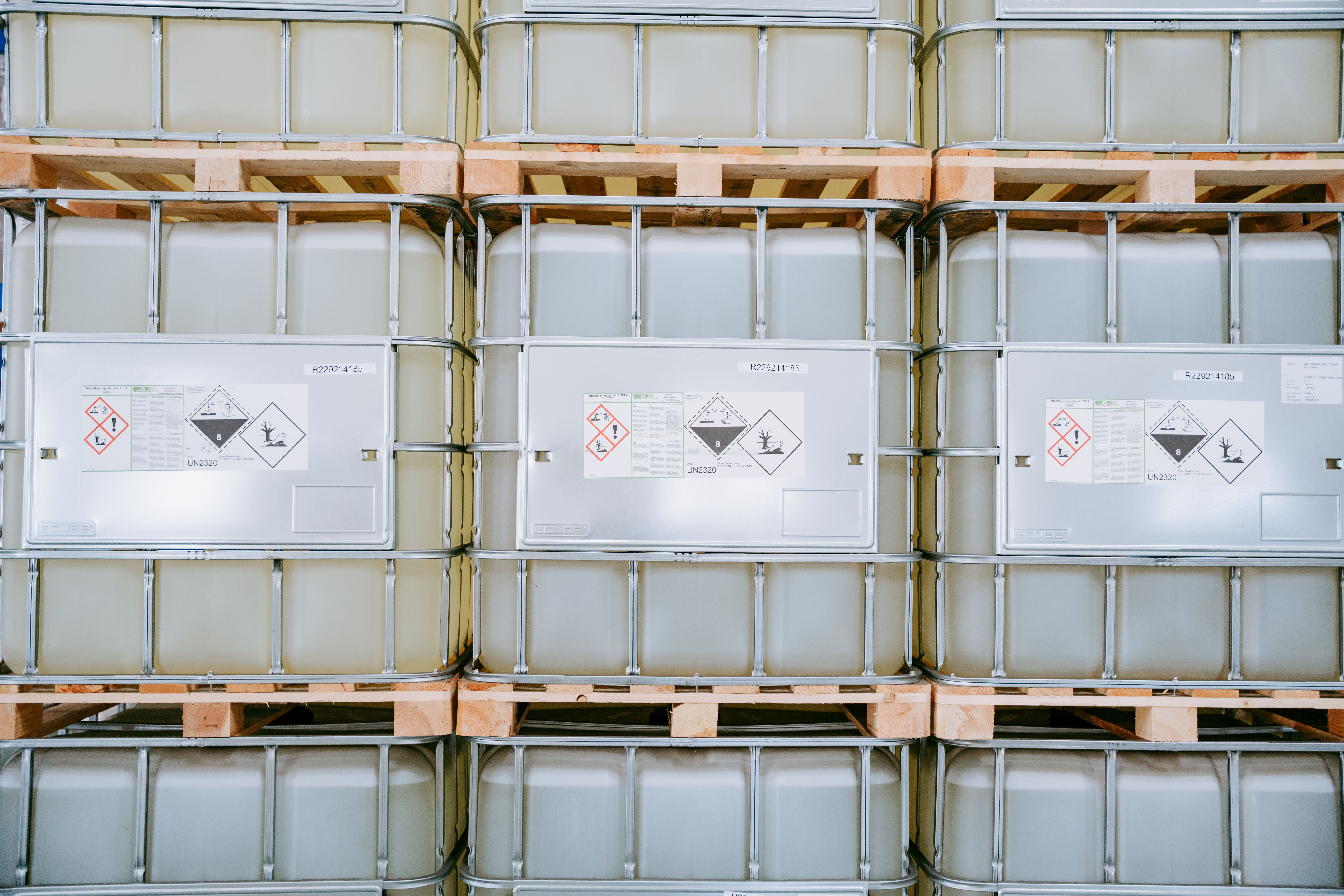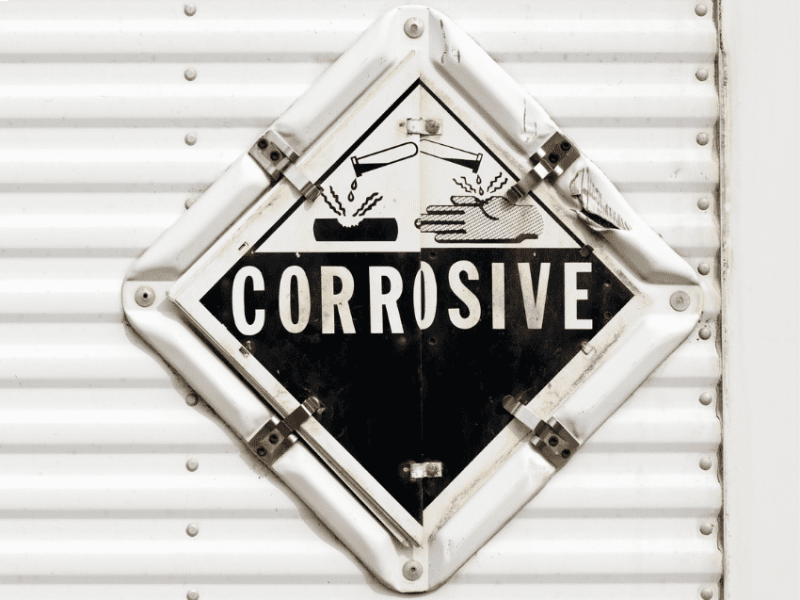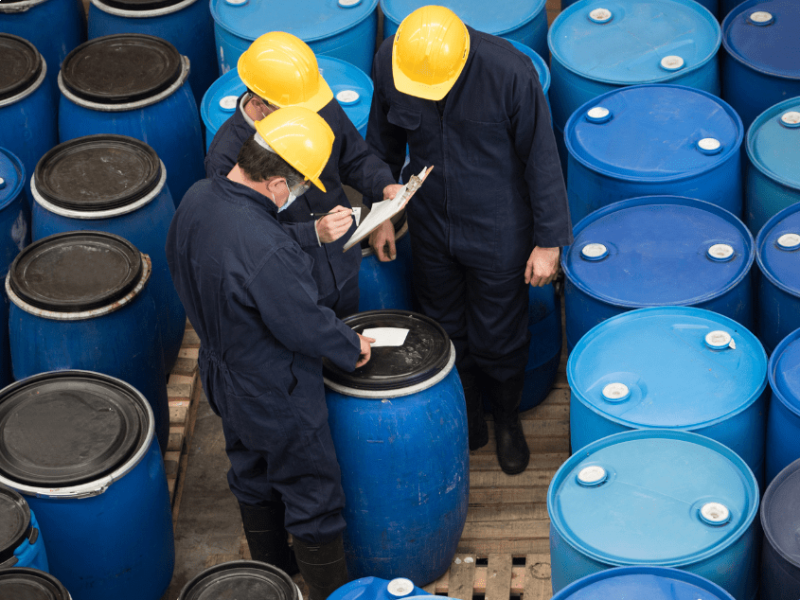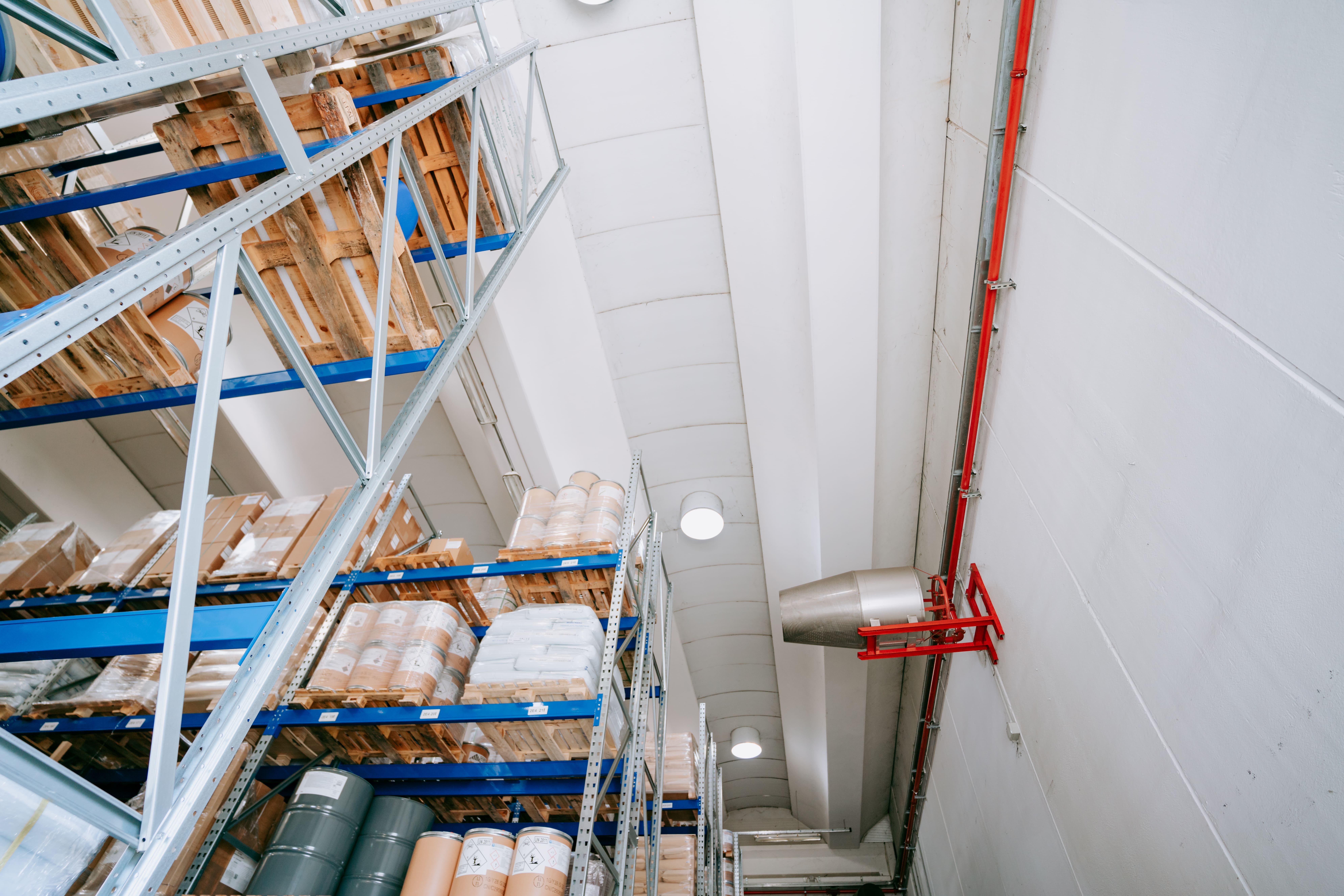The chemicals storage regulations: requirements for safe handling.
The regulation on the storage of chemicals imposes strict requirements to ensure the safe handling of goods: from the correct identification and labelling of containers to the training of personnel, the regulation aims to prevent accidents, protect the health of workers and ensure efficient storage.
In this article, we look at how the areas of the regulations apply to the storage of chemicals.
The characteristics of the storage space
According to chemical storage regulations, the storage space must comply with specific conditions concerning the nature and quantities of chemicals stored. The basic characteristics of such a space include the presence of suitable containers, accurately labelled according to legal requirements.
The layout of the space must be carefully designed, taking into account guidelines on the safe handling of loads and ensuring easy and safe access to the products.
The design of the chemical storage space must also reflect regulatory requirements regarding fire safety and adequate separation between incompatible substances.
The correct implementation of these features is essential to reduce the risk of accidents, protect the health of workers and preserve the surrounding environment from potential contamination.
Facilities and equipment critical to the safe storage of chemicals
The plant and equipment adopted play a key role in ensuring a compliant working environment for the storage of chemicals. The first crucial step is the use of suitable containers, such as plastic drums, metal drums, plastic cisterns, IBCs and polyethylene cisterns, which must be accurately labelled according to legal requirements. These containers serve to safely enclose hazardous substances, providing adequate protection against accidental spillage or leakage.
In addition, the use of polyethylene or steel liquid containment tanks is an important safety measure. These tanks are strategically placed below drums or tanks, preventing any leaks from spilling directly onto the ground.
Standard Operating Procedures (SOPs) in the chemicals storage management
Within the framework of chemical storage regulations, Standard Operating Procedures (SOPs) play a key role. SOPs constitute a detailed and organised framework of instructions and protocols that clearly outline the safe working practices to be followed during all phases of storage operations.
Within the context of chemical storage, SOPs can cover a wide range of aspects, including:
- the reception and inspection of goods
- trhe correct arrangement in warehouses;
- internal handling;
- the use of personal protective equipment (PPE);
- emergency management and incident reporting.
These procedures provide clear guidelines on how to handle chemicals safely, reducing the risk of harmful exposures, fires or other accidents.
Regular review and updating of SOPs in response to regulatory or technological changes ensures that procedures remain state-of-the-art and adapted to the specific needs of the chemical storage environment.
Staff training
The need for adequate training for chemical storage personnel, in addition to being required by legislation, plays a crucial role in ensuring safety within the warehouse.
The handling, movement and storage of chemical agents involve inherent risks that require in-depth knowledge on the part of the operators involved. The training of workers is not simply a formality, but a fundamental element in preventing accidents and dangerous situations.
Training includes:
- The classification of different chemical agents, their properties and any associated hazards.
Detailed knowledge of this information enables personnel to take appropriate preventive measures during daily handling and storage activities. - The correct use of personal protective equipment (PPE).
Every operator must be aware of the PPE required to protect himself from potential harmful exposures or accidents. This becomes crucial both in normal daily activities and in emergency situations. Training in the correct use of PPE not only reduces the risk of personal injury, but also helps to ensure a safer working environment that complies with current regulations. - Managing emergency situations.
Training should include detailed instructions on how to deal with and respond promptly to any accidents or critical situations related to chemicals in the warehouse. This may include training on the proper use of emergency equipment such as fire extinguishers, safety showers and ventilation devices. Operators should be trained on how to quickly isolate potentially dangerous areas, report incidents, and communicate effectively with emergency services.
Contact Corsini for information on hazardous goods storage services and keep following our blog for news on chemicals storage regulations.
News.
STAY UP TO DATE ON HAZARDOUS GOODS AND THE CHEMICAL SECTOR
The world of hazardous goods transportation is constantly evolving, as are the regulations affecting the shipment and logistics of hazardous substances and chemicals. Stay up-to-date with our industry articles.

 Registered office: Viale Etiopia, 5 - 20146 Milano (MI)
Registered office: Viale Etiopia, 5 - 20146 Milano (MI)












